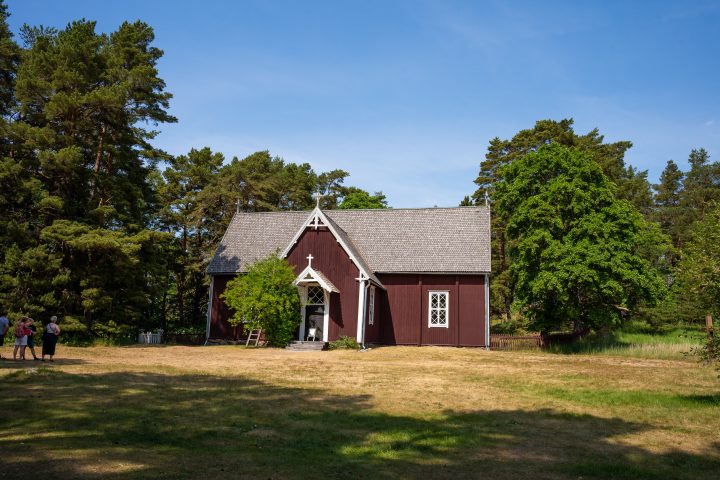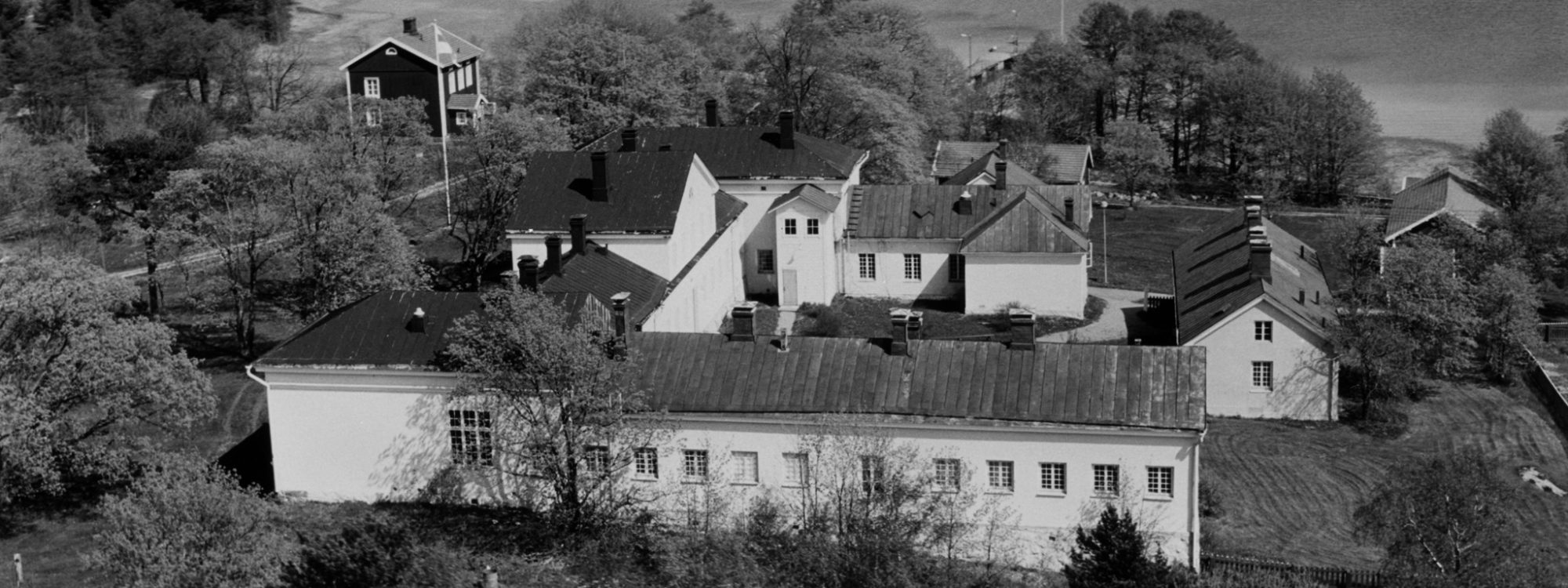History of Seili Island: From Leprosy to Research
Early Settlement and Agriculture (16th Century)
Seili Island is steeped in a rich and diverse history that spans centuries. Agriculture has graced its shores since the 16th century, and archaeological findings suggest that even in medieval times, people ventured to this unique place.
The Leper Colony Era (1619-1785)
The island’s unique journey as a hospital island commenced in 1619, when King Gustav II Adolf of Sweden issued an order to establish a leper colony. Leprosy had made its way to Finland during the Middle Ages, necessitating the creation of a new colony. Seili was selected due to its strategic location along the Turku-Stockholm shipping lane, sheltered anchorage, and a sandy ridge perfect for a cemetery. Construction commenced the following year, and a small village emerged on the peninsula that now houses the church. This village boasted its own sauna, bakery, and eventually, a church.
Initially, patients arrived from St. George’s Hospital in Turku, with others joining from the “House of The Holy Spirit,” catering to individuals who couldn’t care for themselves, including the mentally ill, elderly, blind, and physically challenged. Once they set foot on Seili, it was for life, complete with lifelong care and alledgedly also a prearranged coffin. In the 17th century, patient mortality reached 20-30% annually. Medical visits were infrequent, leaving patients largely to fend for themselves.
Transformation into a Mental Hospital (1785-1962)
In the mid-18th century, Seili ceased admitting lepers but continued as a mental hospital, marking the end of an era. The last leper passed away in 1785. While leprosy still lingered in Finland, some leper hospitals closed as the disease waned.
The mental hospital era began, and at its peak, it was the largest in Finland. Only the church and the pastor’s house remain from the 18th century.

In 1809, during the Finnish War between Sweden and Russia, an inspection revealed deplorable conditions, with patients lacking decent clothing, residing in filthy, foul-smelling rooms, and lacking bedding or straw. Food was adequate, but funds intended for patient care were misappropriated. Changes were mandated, and the clergyman of Nauvo was tasked with oversight.
Subsequently, plans were made for a new hospital, and architect Per Johan Gylich was enlisted to design the main building. In 1840, a modern mental hospital was erected in Lapinlahti, Helsinki. As a result, Seili transitioned into an asylum for patients deemed incurable. Construction of the main building commenced in 1851. The central part, reflecting neo-classical architecture, dates from the 1850s, with the east and west wings added later. Two large communal rooms in the corners were constructed in the 1890s. The new building accommodated 67 patients, who could be isolated in 2×2 m rooms if they displayed violent or restless behavior.

By then, the hospital still lacked a resident doctor, with the physician from Rymättylä making periodic visits. The pastoral role was discontinued, and the ministry of Nauvo assumed responsibility for the church on Seili.
Apart from the wars in the early 18th century, Seili remained relatively unaffected by Finland’s wartime and scarcity periods. In the late 19th century, Dr. Arthur Dahl joined as the hospital’s first resident physician, improving diagnostic practices. In 1889, the Medical Council decided to transfer male patients to the Käkisalmi hospital in southeastern Finland, with Seili focusing on mentally ill female criminals. Unfortunately, many patients were still considered beyond rehabilitation.
From Hospital to Research Hub (1964-Present)
The Archipelago Research Institute entered the picture in 1964, two years after the hospital’s closure. The state entrusted the buildings and approximately 17 hectares of land to the University of Turku for teaching and research. Thus, the Archipelago Research Institute was born, specializing in research and teaching support services and marine research. Since the late 1960s, the Institute has been at the forefront of long-term environmental and at-sea monitoring.
Today, the Institute is an integral part of the University of Turku’s Biodiversity Unit. Beyond offering research infrastructure, it actively engages in research and outreach activities, enlightening groups and individual visitors about the Baltic and Archipelago Sea. Seili Island’s history is a testament to its enduring transformation from a place of isolation to one of knowledge and exploration.

